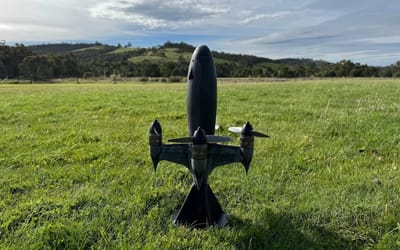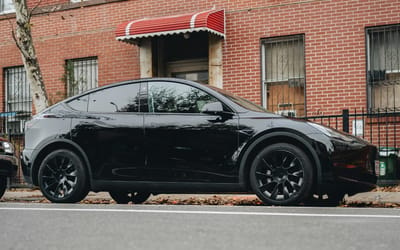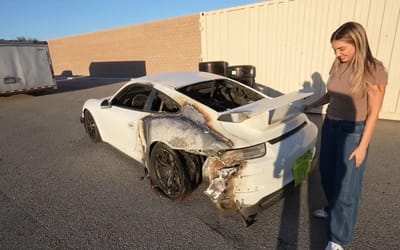Supercar Blondie answers 8 of your most Googled supercar questions — from the fastest car in the world to what makes a megacar
Published on Aug 18, 2025 at 6:44 AM (UTC+4)
by Molly Davidson
Last updated on Aug 22, 2025 at 6:51 PM (UTC+4)
Edited by
Kate Bain
Supercar Blondie has answered some of the most Googled supercar questions.
If you’ve ever wondered what really makes a car a supercar or which country is the heavyweight champ of producing these four-wheeled rockets, we’re here to explain.
The truth, served without the turbo-charged jargon.
Whether you’re new to the car world or you’ve got petrol in your veins, this is your go-to cheat sheet.
VISIT SBX CARS – View live supercar auctions powered by Supercar Blondie
1. What makes a car a supercar?
Supercar Blondie explains that a supercar isn’t just a fast car – it’s a rare, exotic, and emotionally thrilling machine that combines cutting-edge engineering, extreme performance, and prestige.
Unlike sports cars, supercars carry an extra element of exclusivity and heritage, making them feel truly special.
From the Lamborghini Miura in 1966 to today’s Ferrari SF90 and McLaren Artura, supercars are defined as much by their pulse-quickening presence as by their speed and power.
2. Which car is the fastest in the world?
Right now, the SSC Tuatara claims an unofficial top speed of 282.9mph and the Bugatti Chiron Super Sport 300+ officially hit 304.77mph.
The ‘fastest’ crown changes hands depending on testing rules, but both are essentially road-legal rockets. Blink, and they’re gone.
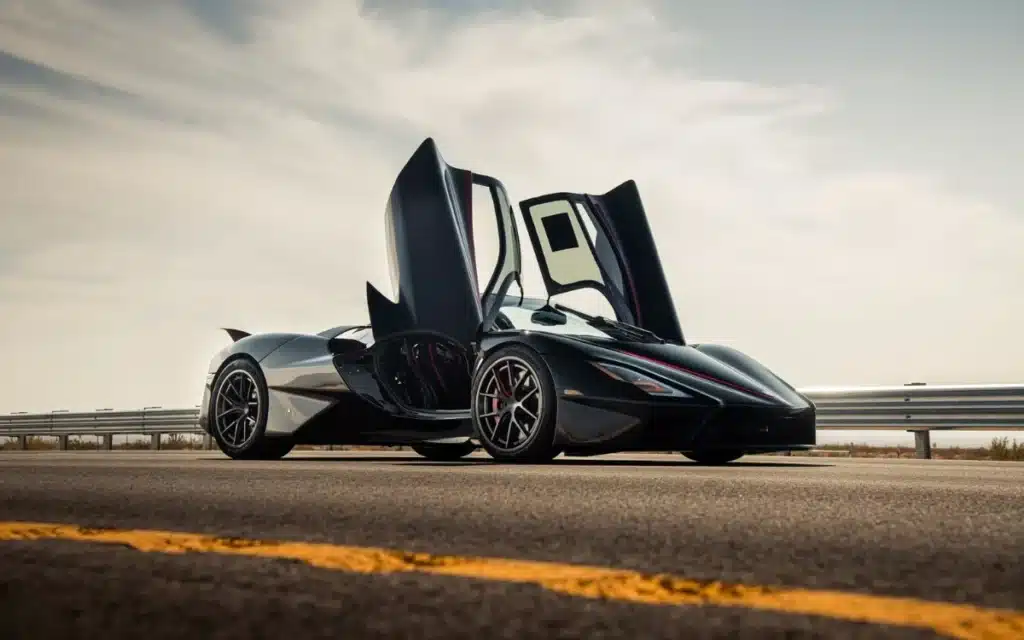
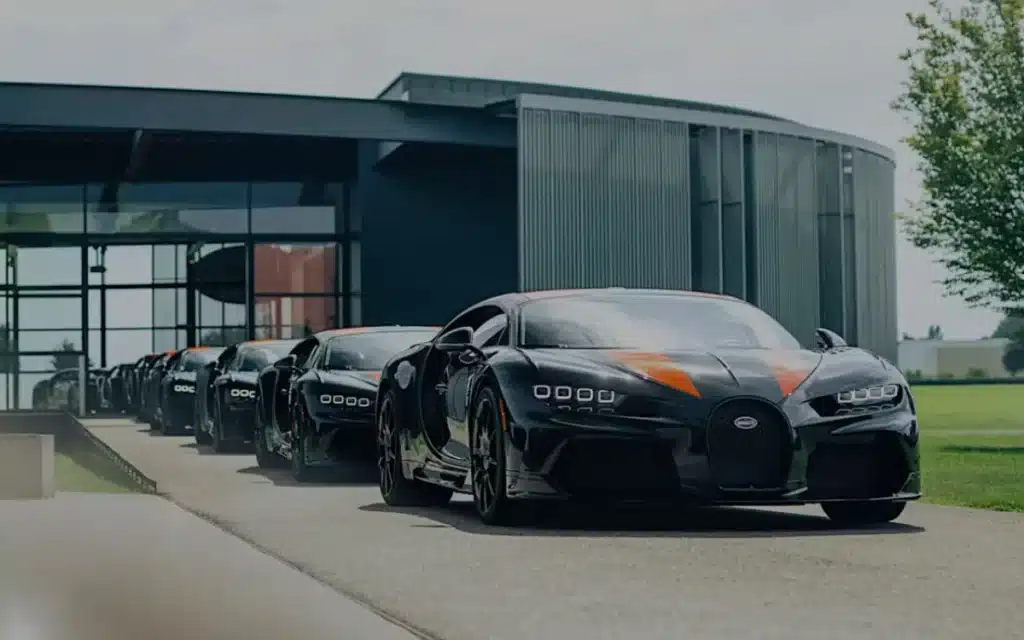
3. Which country makes the most supercars?
Italy’s got the title belt – think Ferrari, Lamborghini, Pagani.
Germany’s not far behind with Porsche, and the UK’s bringing the heat with McLaren and Aston Martin.
But the Italians win because they’ve mastered the art of making speed look like pure sculpture.
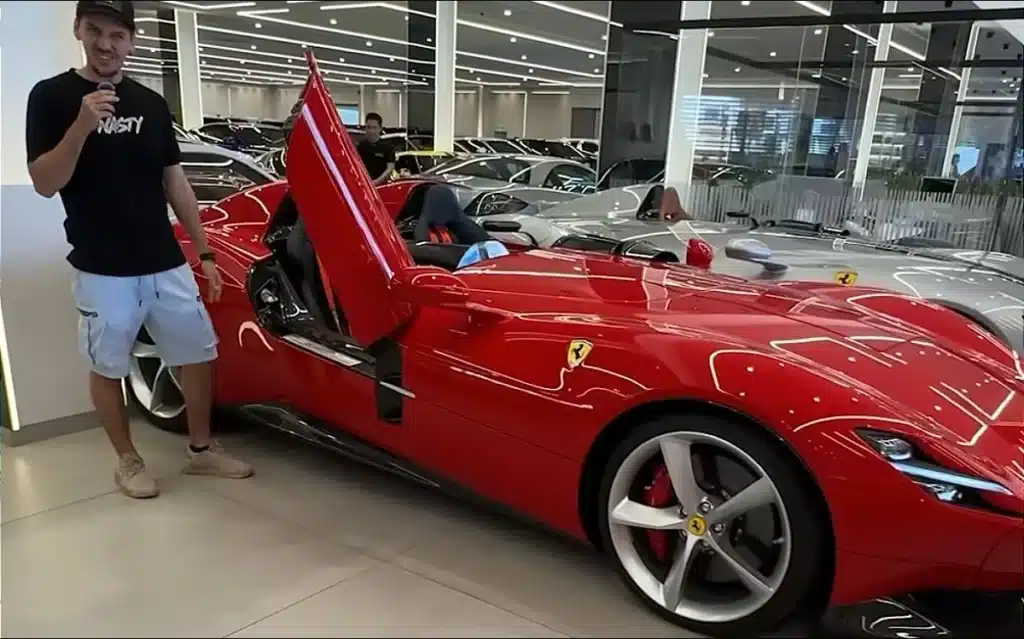
4. What cars last the longest?
If you want a car that’ll survive the apocalypse, go Japanese.
Toyota’s Land Cruiser, Sequoia, and Tundra regularly clock 180,000 miles plus – sometimes double – with basic maintenance.
Honda and Lexus are also durability champs.
The secret? Keep it simple, overbuild the parts, and make them bulletproof.
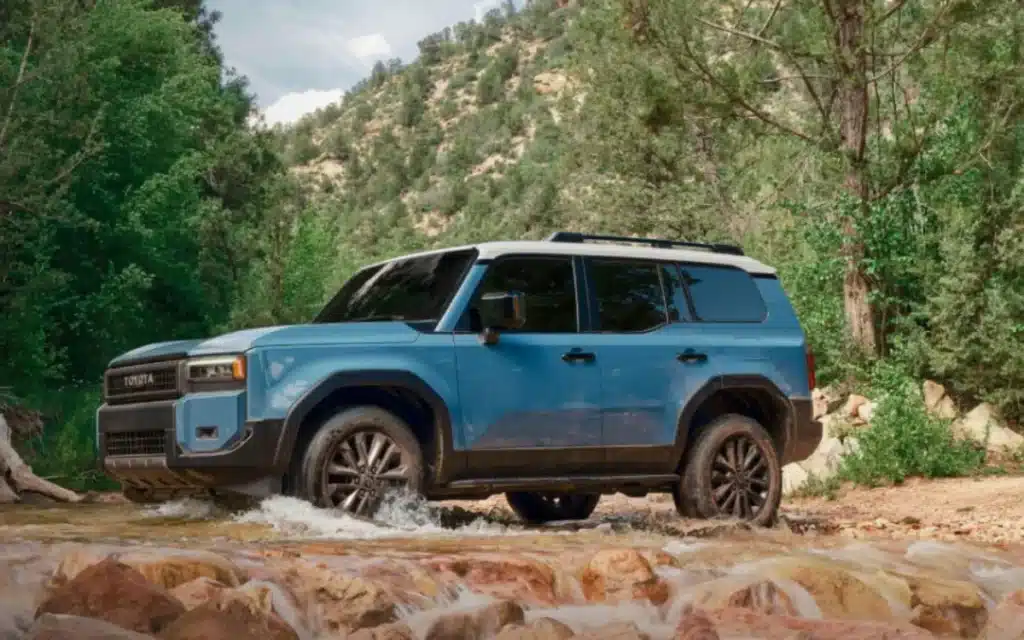
5. Why is a car called a car?
The word ‘car’ comes from the word ‘carriage’ – a reminder of the horse-drawn vehicles we once relied on.
But the roots go even deeper – back to the Latin carrus, meaning a two-wheeled wagon, which rolled through Old French (carre) before landing in English.
By the late 1800s, we were using it for motor vehicles.
From carts and chariots to carriages and cars, the name carried forward – short, snappy, and here to stay.
6. Most Googled supercar questions: What is the best-selling car in the world?
The Toyota Corolla is the best-selling car in the world with over 50 million sold since 1966.
What it lacks in flash, it makes up for in reliability, affordability, and being the perfect vehicle for the daily grind, which is exactly why it’s been smashing sales records for nearly 60 years.

7. One of the most Googled supercar questions: what’s the difference between a sports car, supercar, hypercar, and megacar?
Sports cars, supercars, hypercars, and megacars may sound similar, but each plays a different role in the performance hierarchy.
Sports cars (Mazda MX-5, Porsche 911) are light, agile, and built for driving fun, usually with modest horsepower.
Supercars (Ferrari F430, Pagani Zonda) up the game with 500+ horsepower, exotic designs, and mid-engine layouts.
Hypercars (Bugatti Veyron, McLaren P1) push technology and power beyond 1,000 horsepower, redefining what’s possible in speed and aerodynamics.
And megacars (Koenigsegg One:1) go even further, producing around one megawatt of power (1,341 horsepower), creating a category all their own.
There’s no strict rulebook – the industry often blurs the lines – but each step up means more rarity, power, and innovation.
8. What makes a car veteran, vintage, post-vintage, classic, or modern classic?
Veteran cars (pre-1905), vintage (1919–1930), and post-vintage (1930–1945) belong to the early eras, while ‘classic’ usually means 20+ years old and collectible.
Modern classics are newer but already legendary, destined for future car shows.
Translation? Not every old car is a classic – some are icons, others are just… old.
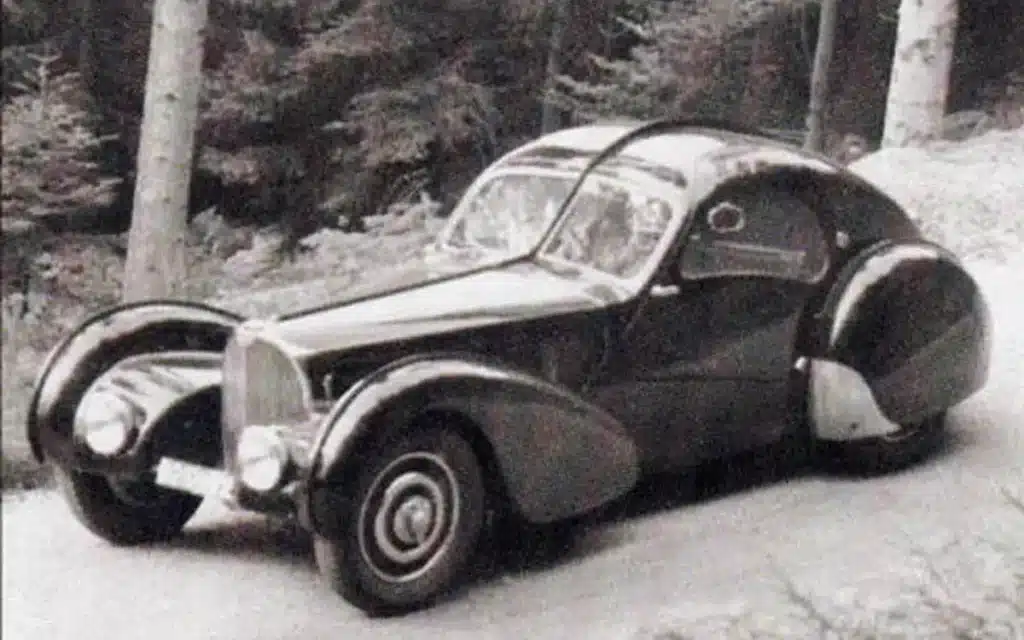
From record-breaking speed to timeless design, these are the most Googled supercar questions answered, giving you the clarity without the jargon.
DISCOVER SBX CARS: The global premium car auction platform powered by Supercar Blondie
Molly Davidson is a Junior Content Writer at Supercar Blondie. Based in Melbourne, she holds a double Bachelor’s degree in Arts/Law from Swinburne University and a Master’s of Writing and Publishing from RMIT. Molly has contributed to a range of magazines and journals, developing a strong interest in lifestyle and car news content. When she’s not writing, she’s spending quality time with her rescue English staffy, Boof.
